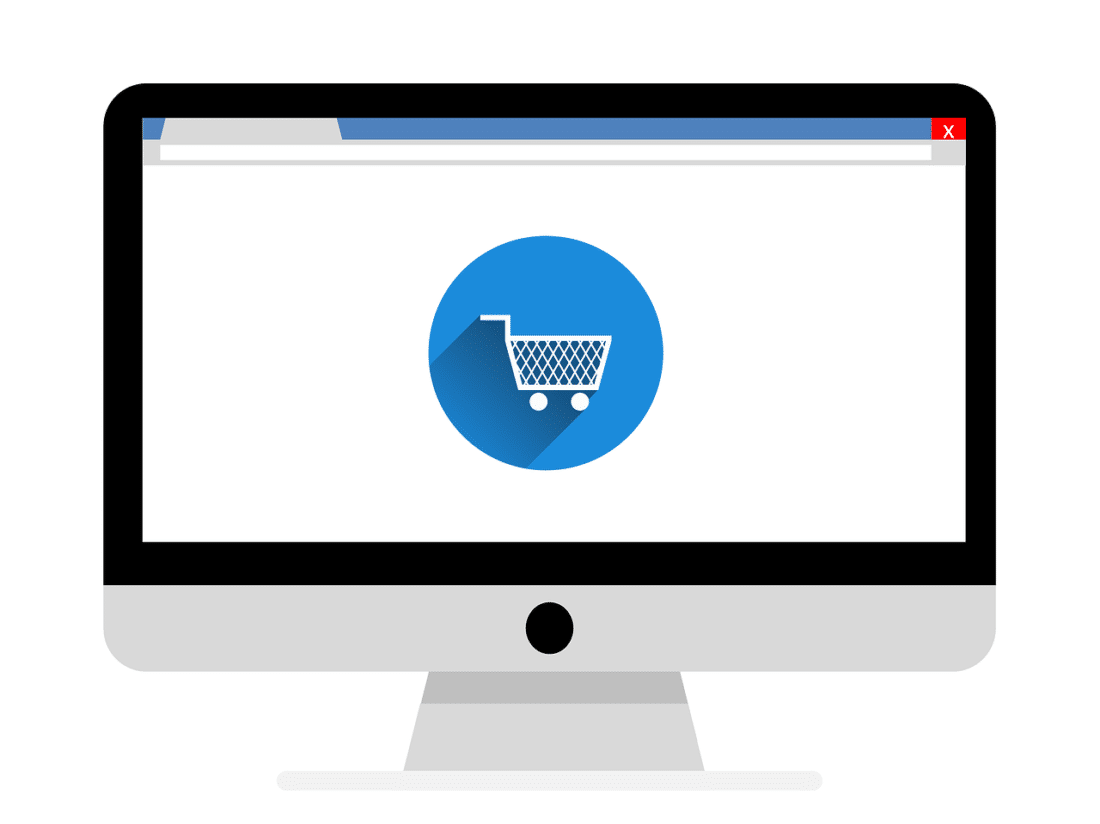The e-commerce industry is constantly evolving as the number of digital buyers continues to grow. In 2020 alone, over 2 billion people worldwide made an online purchase. As a business owner or marketer, you may be looking for ways to stay ahead of the curve. Fortunately, several innovative tools and strategies can help your business remain relevant in the digital world.
In this post, we’ll look at some of the latest trends in e-commerce and how they’re revolutionizing the online shopping experience. We’ll also share a few tips to help you implement these strategies. Let’s get started!
1. Augmented Reality
Augmented Reality (AR) is a fast-developing technology used by many e-commerce sites. This feature enriches the online shopping experience by providing a more immersive and complete view of the product. It does this by overlaying virtual elements on a real-life environment.
For example, some online stores enable customers to try on clothing or accessories like eyewear:
All you have to do is take a photo of yourself and apply the product to the image. You can even see what the item looks like from different angles.
Some stores also have apps that enable you to place 3D models of their products in a real-life environment. For instance, if you’re shopping for a new lamp, you may be able to get an idea of what it will look like in your living room.
It is estimated that by 2023, there will be around 2.4 billion mobile AR users worldwide. Therefore, now could be the right time to implement AR in your online store.
You can start by identifying the right AR tools for your niche and audience. For example, if you run a clothing shop and most of your traffic comes from mobile devices, you may want to invest in apps that enable users to easily try on items directly from their phones.
Customers may be more likely to purchase a product if they can see exactly how it works or what it looks like in real life. Thus, AR can help you stay ahead of your competitors and boost your conversion rate.
2. Voice Search
Another growing trend in e-commerce is voice-search technology. In fact, a recent study by Adobe has found that over 90% of brands are already investing in this feature.
Meanwhile, a 2019 survey by Microsoft showed that around 72% of consumers had recently used voice technology to enhance their online experiences.
The average person can speak three times faster than they can type on a mobile device. Thus, voice technology enables consumers to find what they’re looking for quickly and efficiently. All they have to do is ask a question or place a demand through voice software like Google Assistant, and the system will bring up the results that best answer their query.
To prepare your store for this trend, you may want to incorporate voice recognition software like Web Speech APIs in your e-commerce platform. For instance, you can enable users to search for items in your shop or place online orders by speaking through their phones.
You may also want to optimize your content for voice search. You could start by entering your main keywords into Google and checking the “People Also Ask” section to view relevant queries:
Then, you could write blog posts that answer those popular questions. When done right, this strategy can help your content appear in top search results, including those much-coveted snippet answers.
3. On-Site Personalization
On-site personalization is about creating a more tailored experience for your customers. This is done with Artificial Intelligence (AI) technology. It collects data about the behavior of online customers, including what they look for when buying particular products. Thanks to this information, users can enjoy a shopping experience tailored to their needs and interests.
Over 75% of businesses claim that they’re getting a positive Return On Investment (ROI) from personalization. Meanwhile, 90% of shoppers are willing to share their behavioral data with businesses if it enhances their shopping experience.
By harnessing the power of behavioral data, you can provide customers with a more personalized and efficient shopping experience. For example, you could display product recommendations that target individual users based on their interests and preferences:
This strategy may prompt users to purchase additional products. Research also shows that tailored product recommendations can reduce cart abandonment by up to 4.35%. Therefore, personalization can be a powerful way to boost your profits.
4. Chatbots
Chatbots are becoming increasingly popular. A recent study has found that around 40% of consumers have used a chatbot to communicate with an online retailer. Meanwhile, it is estimated that the chatbot market will generate over $106 million in 2022.
There are several reasons you should use chatbots in your online store. For starters, they can enhance the User Experience (UX) of your site by resolving customer queries quickly and efficiently:
Users won’t need to wait for a customer service representative to handle their queries. Chatbots can also eliminate the need to employ people in customer service, which can help you cut down on costs.
An AI chatbot can be a powerful tool for your business. This type of technology is better suited for handling customer queries than standard on-site communication programs, mainly because it gathers data to provide a more efficient service.
As we have seen, using AI chatbots can be another way to provide a personalized experience to your visitors. By using the right technology, you could gain a reputation for great customer service, helping you attract new customers and retain old ones.
Conclusion
The e-commerce industry is constantly growing and evolving. In recent years, we have witnessed the popularity of trends such as AR and voice search. Many online stores have also been implementing on-site personalization and Artificial Intelligence AI chatbots to improve the shopping experience and boost their sales.
Do you have any questions about the e-commerce trends discussed in this post? Let us know in the comments section below!
